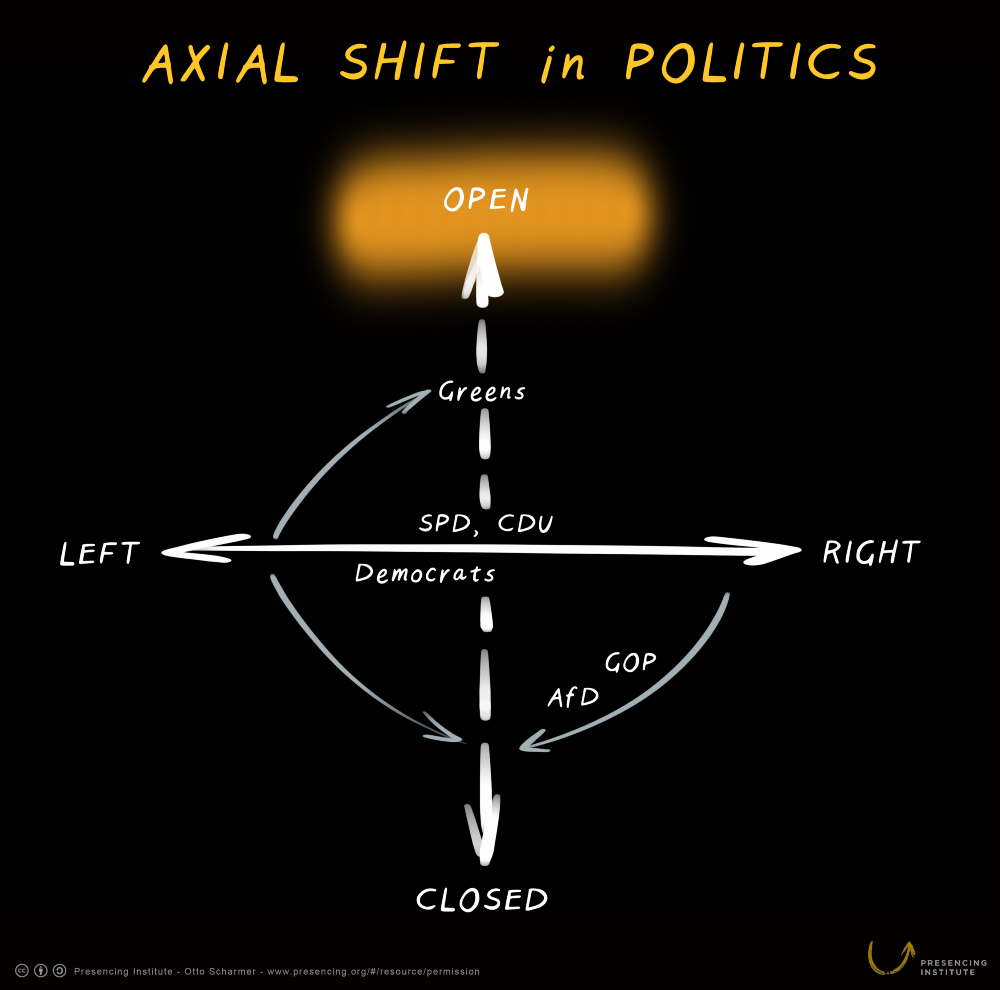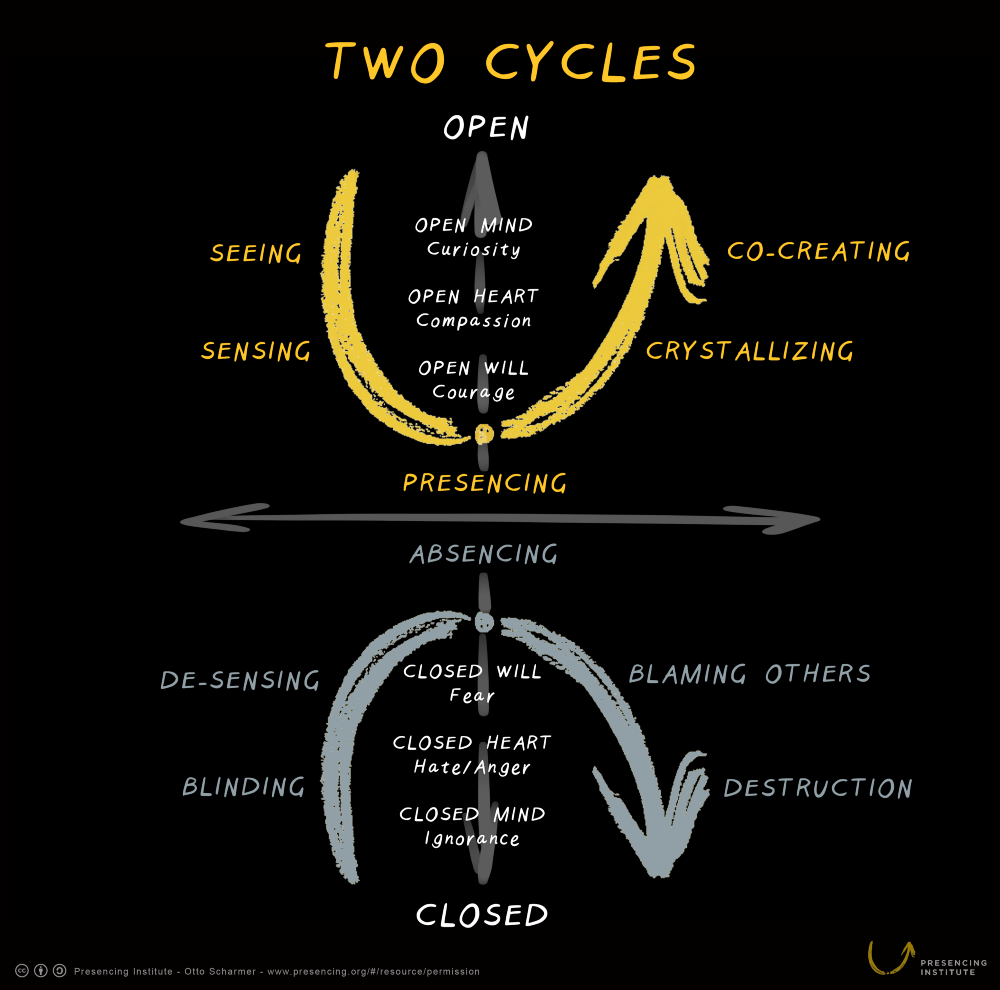
Dialog in der Politik
Die direkte Demokratie in der Schweiz ist so ausgestaltet, dass der Stimmbürger als Souverän auf allen Staatsebenen (Gemeinde, Kanton, Bund) über Sachfragen abschliessend entscheiden kann. Darum wird die Schweiz von vielen Initiativgruppen als Vorbild genommen.
Somit könnten wir eigentlich rundum mit unserer Demokratie zufrieden sein. Nun ist aber auch die Schweiz nicht überall so gut, wie wir uns dies wünschen würden. Wir stellen vor allem ein Kampf um Einfluss fest, sei dies von den Parteien oder den Interessensvertretern.
Dies führt dazu, dass die Konsensfindung schwieriger geworden ist, Lösungsvorschläge oft nicht wirklich das Problem treffen und dringende Themen lange auf Entscheidungen warten müssen.
Viele BürgerInnen wünschen sich einen Wandel nicht nur in dem Umweltverhalten, der Bildung, der Wirtschaft etc., sondern auch in der Politik. Wie schaffen wir den Wandel zu mehr Dialog in der Politik?
Parlamentarische Gruppe Dialog gegründet
Kantonsrätinnen und Kantonsräte sind es sich gewohnt zu Debattieren. Allerdings: das Wort Debattieren kommt vom Französischen se débattre, sich schlagen oder gar um sich schlagen. So geht es auch in der kantonsrätlichen Debatte oft darum, den Sieg davonzutragen, manchmal, indem man den Gegner frontal angreift, bei Halbwahrheiten bleibt, auf Gegenargumente gar nicht hört, stur auf seiner eigenen Meinung beharrt und diese durchzusetzen versucht.
Die Parlamentarische Gruppe Dialog will hier einen Gegenpunkt setzen. Auf Initiative von Kantonsrätin Anita Panzer (FDP.Die Liberalen) und Betriebsökonom sowie Dialogprozessbegleiter Daniel Gut hat im Mai 2015 ein erster Dialogtag stattgefunden, an welchem sich Kantonsrätinnen und Kantonsräte fast aller Fraktionen beteiligten. Ziel ist es, in einen gemeinsamen Dialog zu treten, eigene festgefahrene Meinungen abzulegen, zuzuhören und mit einer offenen, fragenden Haltung im kreativen Gespräch neue Lösungen zu finden, welche in einer Abstimmung nicht mit 51 zu 49 Prozent angenommen würden, sondern die von mindestens 80 Prozent der Bevölkerung akzeptiert werden könnten. „Dies ist nur möglich, wenn das Gärtchendenken gesprengt und um echte gemeinsame Lösungen in der Politik gerungen wird“, erklärt Anita Panzer. Sie hat sich von Daniel Guts Idee begeistern lassen und einen ersten fraktionsübergreifenden Dialogtag initiiert. „Ich möchte mit dieser Parlamentarischen Gruppe ein Gefäss schaffen für gegenseitige Akzeptanz und einfache, kreative und breit abgestützte Lösungen, zu welchen man erst im echten Dialog findet“, so Panzer. Verschiedene Ansichten könnten durchaus als Chance wahrgenommen werden, um die gemeinsame Lösung in den Vordergrund zu stellen.
„Dialog ist eine Haltung, keine Methode“
Daniel Gut arbeitet in Solothurn und hat sich den Dialog schon länger auf die Fahne geschrieben. „Der Dialog war massgebend für den politischen Umsturz und die Zusammenarbeit von Weissen und Schwarzen in Südafrika“, nennt er ein Beispiel für den Erfolg des Dialogs. „Dialog ist eine Haltung, keine Methode.“
In allen Bereichen des Lebens wird Sozialkompetenz gefordert, was gerade im dialogischen Gespräch immer wieder praktisch angewendet und geübt werden kann. Das gemeinsame Denken an einer Sachfrage ist die Stärke des Dialogs. Da unsere Problemstellungen in Wirtschaft und Politik sehr komplex geworden sind, braucht es den schöpferischen Dialog, um zukunftsgerichtete Lösungen zu finden. Unser wertvolles politisches System kann durch den parteiübergreifenden Dialog eine neue Qualität erhalten, welche gerne auch ausstrahlen darf. Es liegt an uns, diesen Schritt zu tun.
(Informationsschreiben Anita Panzer Juli 2015)
Mitglieder der
Parlamentarischen Gruppe Dialog:
Urs Ackermann (CVP); Hubert Bläsi (FDP.Die Liberalen), Johannes Brons (SVP), Dors Häfliger (Grüne), Verena Meyer-Burkhardt (FDP.Die Liberalen), Anita Panzer (FDP.Die Liberalen), Brigit Wyss (Grüne).
Weitere Interessierte Kantonsrätinnen und Kantonsräte werden im Laufe des Sommers an einem weiteren Dialogtag teilnehmen. Danach sollen mind. zwei bis drei Mal pro Jahr Dialogrunden zu brennenden aktuellen Themen stattfinden.
The Political Shift (von Otto Scharmer)
Beschreibung des Presencing Institute über die Problematik von "Axial Sthift in Politics"
The shift of political coordinates from left vs. right to what New York Times columnist David Brooks calls open vs. closed is happening in many countries. Figure 1 maps the old 20th-century line of conflict along the horizontal axis and the emerging 21st-century polarity along the vertical axis.
The distinction that underlies the horizontal axis is well known: the “left” tends to respond to problems by increasing government services, while the “right” tends to respond to the same issues by promoting individual initiative — in short: more government vs. more market.
But what about the vertical axis? Through Donald Trump and Brazil’s newly elected president Jair Bolsonaro, we know one part of that axis very well. “Closed” means a mindset that amplifies the triad of Fear, Hate, and Ignorance. It’s a mindset that manifests in the form of five behaviors: blinding (not seeing reality); de-sensing (not empathizing with others); absencing (losing the connection to one’s highest future); blaming others (an inability to reflect); and destroying (destruction of nature, of relationships, and of self).
The playbook of these five behaviors has reshaped politics over the past couple of years. Not because any of these behaviors are new. But because these behaviors are now weaponized with social media mechanisms such as micro-targeting and dark posts that increase our isolation in digital echo chambers and that amplify these toxic behaviors on levels not seen before. To illustrate, let’s look at a few recent examples.
The appointment of Brett Kavanaugh to the US Supreme Court: not interviewing witnesses (blinding); not empathizing with the victims of sexual assault (de-sensing); contaminating the legitimacy of the Supreme Court with a partisan mindset (absencing); blaming “the mob” and “the Clintons” (blaming others); and putting the country on a path to civil war (self-destruction).
Mass shootings in schools, religious institutions and public places: not looking at the real issues, such as gun laws (blinding); not empathizing with the real victims (de-sensing); claiming that the student activists are paid actors (absencing); blaming the victims for not defending themselves (blaming others); and putting the community on a path toward civil war (self-destruction).
Climate change: not accepting scientific evidence (blinding); not empathizing with the increasing number of victims, particularly in the global South (de-sensing); dismantling the Environmental Protection Agency (absencing); actively undermining the credibility of climate science and climate scientists (blaming others); and pulling out of the Paris Agreement (putting civilization on a path toward self-destruction).
That’s the Trumpism playbook. It has been surprisingly effective. Bolsonaro copied much of it in the campaign that swept him into office. Like Trump, he shows contempt for women, nature, minorities, and the rules and principles of democracy. So why did people vote for him? For the same reasons Americans voted for Trump and the British voted for Brexit. Because they believe, with some real justification, that the old system failed them. They prefer the one candidate that promises to disrupt the current system and to ‘drain the swamp.’
If Trump is the symptom and not the problem, what then is the problem? It is the lack of a real political, economic and cultural alternative that would activate the enormous potential for the upper part of the vertical axis (figures 1, 2).
Most young people that I know would place themselves outside and above of the left-right axis onto the upper half of figures 1 and 2. Two thirds of this group voted Democratic during yesterday’s midterm elections. The same phenomenon was visible in the two recent state elections in Germany. These elections (in the ultra-conservative Bavaria and in Hessen) resulted in historic losses of the government coalition among the center-left social democrats (SPD) and the center right conservatives (CDU), while the two main winners that emerged from the election are positioned around the vertical axis: with the anti-refugee AfD (a neo-national/neo-Nazi-oriented party) on one end, and the Green Party on the other end of the spectrum. Bavaria is to Germany what Texas is to the US: the ultraconservative South. The rise of the Green Party in that context is a remarkable phenomenon because in Germany the Greens were the only party that did not cozy up to the neo-nationalist sentiments that gave rise to the AfD. It reminds us of Beto O’Rourke refreshing run for a senate seat in Texas (and his very narrow loss to Ted Cruz) and demonstrates that the collective potential for activating the upper part of the vertical axis is much bigger than what see manifest today.
A few main points in conclusion:
First, the rise of Jair Bolsonaro (Brazil), Viktor Orban (Hungary), Jaroslaw Kaczynski (Poland), Matteo Salvini (Italy), Recep Erdogan (Turkey), Vladimir Putin (Russia) and Rodrigo Duterte (the Philippines) demonstrates that (a) Trumpism, defined as the lower end of the vertical axis, is not limited to America, and (b) that it’s closely related to the social media enabled amplification of fear, hate, and ignorance (figure 2).
Second, the rise of the Green Party in Germany, of a new generation of diverse women representatives into the US Congress as well as the victories of President Alvarado in Costa Rica and President Jokowi in Indonesia demonstrate that across the planet, people can respond to their dissatisfaction with the current political establishment in different ways: by opening the mind, heart, and will (through curiosity, compassion, and courage) instead of closing these capacities (through ignorance, hate, and fear) — see figure 2.
And third: the conflict around the vertical axis between closed and open is not new. Here in the US it goes back at least as far as the Civil War. In many ways that war never fully ended but has continued through various forms of institutionalized racism and exclusion (Jim Crow laws). Of the 26 senators that represent the 13 secessionist Southern states of the former Confederacy in the US Senate today, only 5 are Democrats, 21 are Republican. Of the 38 senators that represent the 19 Northern (Union) states in the Senate today, only 9 are Republican, 27 are Democrats (and two are independent). Clearly, closed versus open is not new. What’s new today are three conditions: that the issue is now playing out globally; that we have only one decade left to transform our economies and societies in line with the planetary boundaries for sustainable development; and that social media are amplifying the toxic behaviors (i.e., the cycle of absencing) on levels not seen before.
Lastly, while the GOP under Trump has moved from its traditional conservative core to fully embracing the neo-national populist (and white supremacist) views on the low end of the vertical spectrum, we see the Democrats still stuck in the middle, debating whether to move more left, more center, more populist, or more upwards on the vertical spectrum. Most of the campaign focused on traditional progressive themes (healthcare services) while missing out on putting forth a more daring new narrative for the American civilization (upper end of the vertical axis).

